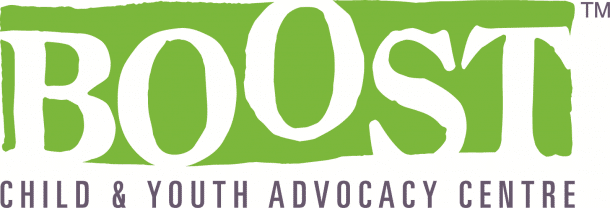Resources For Parents & Caregivers
Keeping Kids Safe
—
Parents want to ensure their children are happy, healthy and safe. Here are some tips about how to talk to your children about safety, messages you can give to increase positive feelings and suggestions for teaching children about healthy touch.
Increase positive feelings
Let your child know s/he is a great kid!
Communicate these messages regularly and you’ll help your child build self-esteem and feel good about him/herself.




